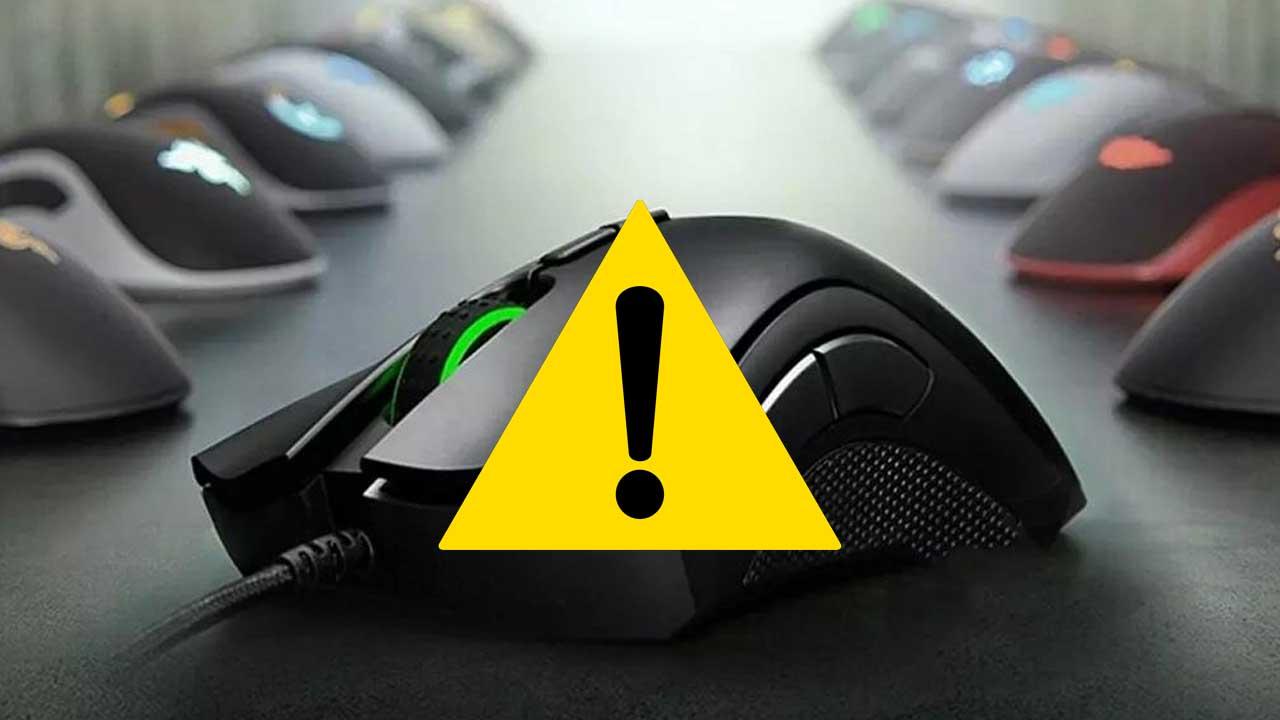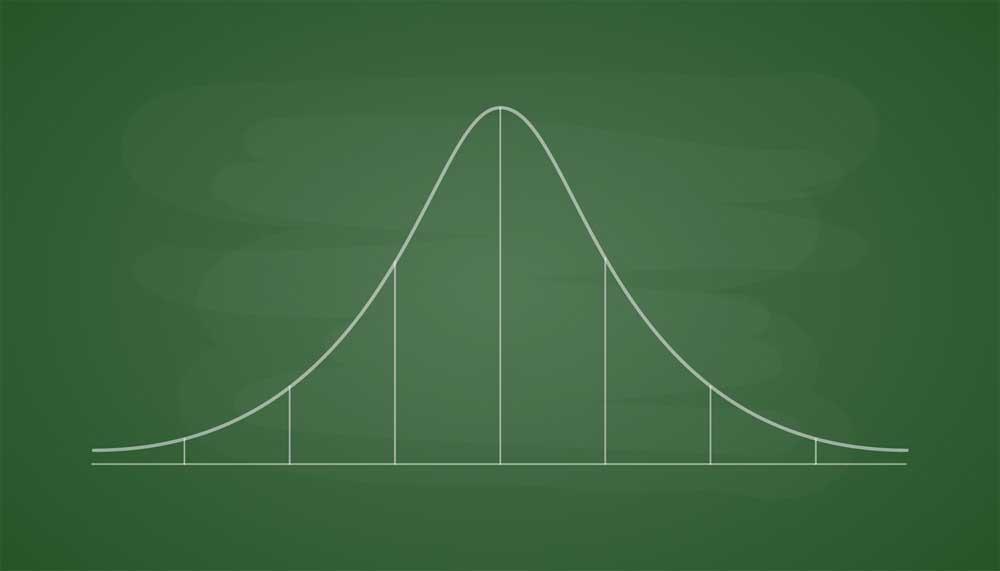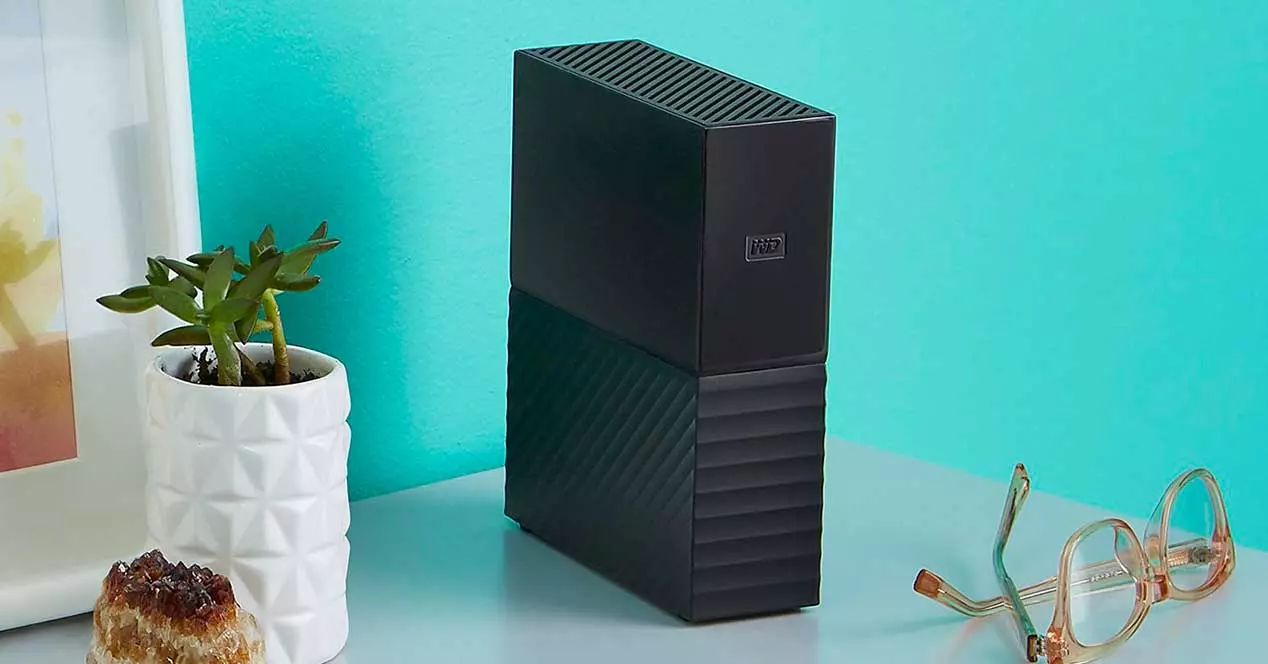
Let’s put ourselves in a situation: you buy a completely new product (whatever it is), you connect it to the PC and you see yourself in the position that it has some kind of failure. You obviously miss, “how can it fail if it’s new?” However, that a new product come with some failed of fabric It is more frequent than you imagine, and in this article we are going to tell you why.
For now, we will tell you that if this happens to you, you should not despair, because among other things, for this, all products must be, by law, covered by the guarantee. And logically if it is a factory fault, no manufacturer is going to put any problem in changing the product for a new one or, at least, repair the fault. The fact is that if it happens to you, what you should do is manage the warranty, neither more nor less, something that can be more or less traumatic depending on the manufacturer and the situation (although the most normal thing is that if you go to the store where you have bought, they will change it on the spot), but the fact is that you will never be stuck.
But come what we are going, how is it possible for a product that is completely new to fail? The explanation can be found in mathematics, and more specifically in statistics.
Why can a new product come with a fault?
We are not going to go into complex calculations or mathematical ramblings; What we want to tell you in this article is that there is a reason why a new product may fail, and it is explained by the Gaussian bellone of the most used mathematical representations for statistics and which, in fact, is also known as normal distribution.
In the image above you can see this Gauss bell represented, which, as its name suggests, is bell-shaped (okay, you have to use a little imagination, but it is more or less bell-shaped).
Imagine that the main line of the graph is the useful life of a device, being on the left when you just bought it, and on the right the end of its useful life; In this way, what statistics tell us is that a new product is more likely to fail at the beginning and at the end of its useful life. In other words, it is just as easy as a product fails when it is new that when it’s enough old, no more no less.
Let’s explain this in another way: when you buy a new product, there is a possibility that it came with a factory defect that causes it to not work well (and that you have to manage the warranty). A factory fault can be anything, but the fact is that statistically there is the same probability that this will happen to you as that it will fail when it reaches the end of its useful life, after years of use.
Is this the reason why a new product can fail? No, of course not, but what we want to tell you is that statistically there is that possibility, and that indeed it is not that rare for a new product to fail. Now, if you have been using the product for a while and it works perfectly for you, it is quite rare and infrequent for it to fail until it reaches the end of its useful life (which usually coincides with the end of its warranty period, although there we would already enter the muddy terrain of the misnamed planned obsolescence).




